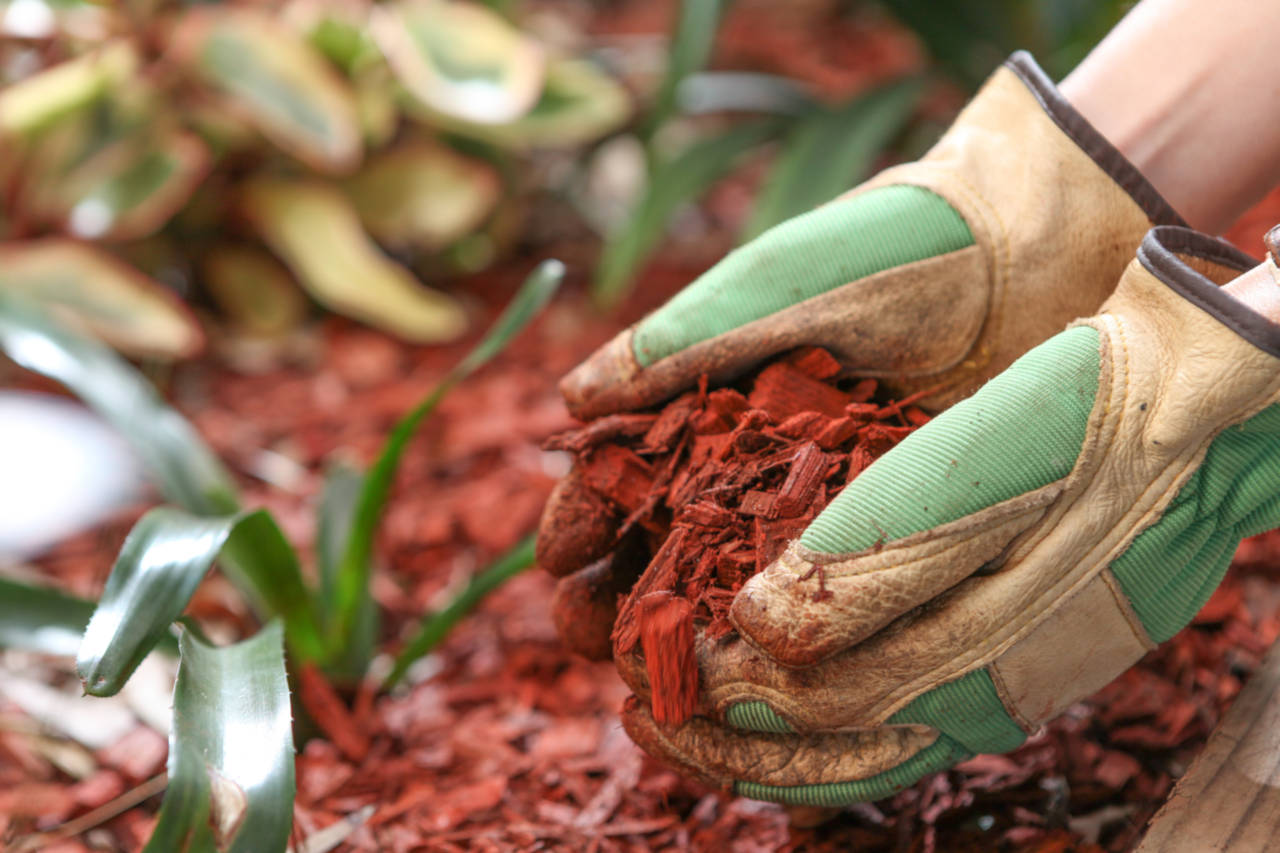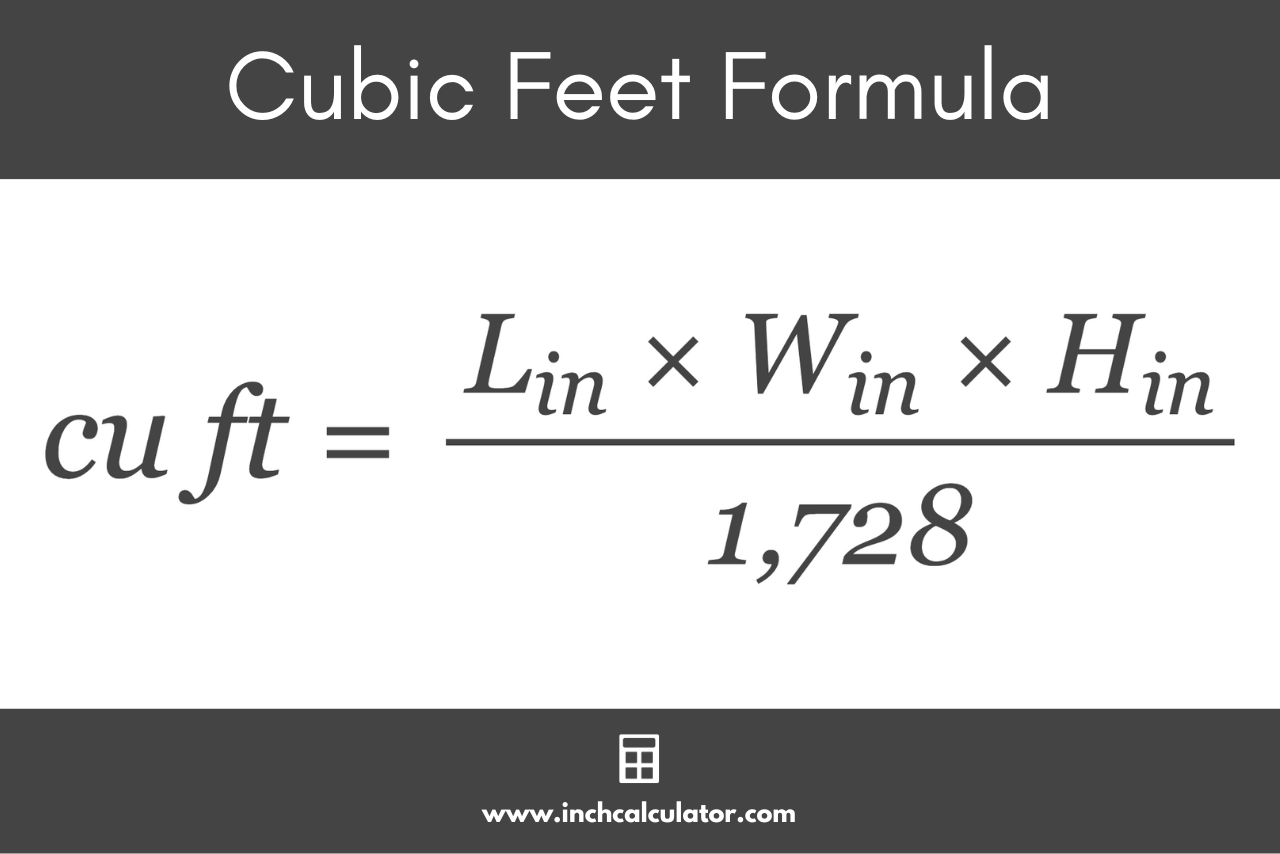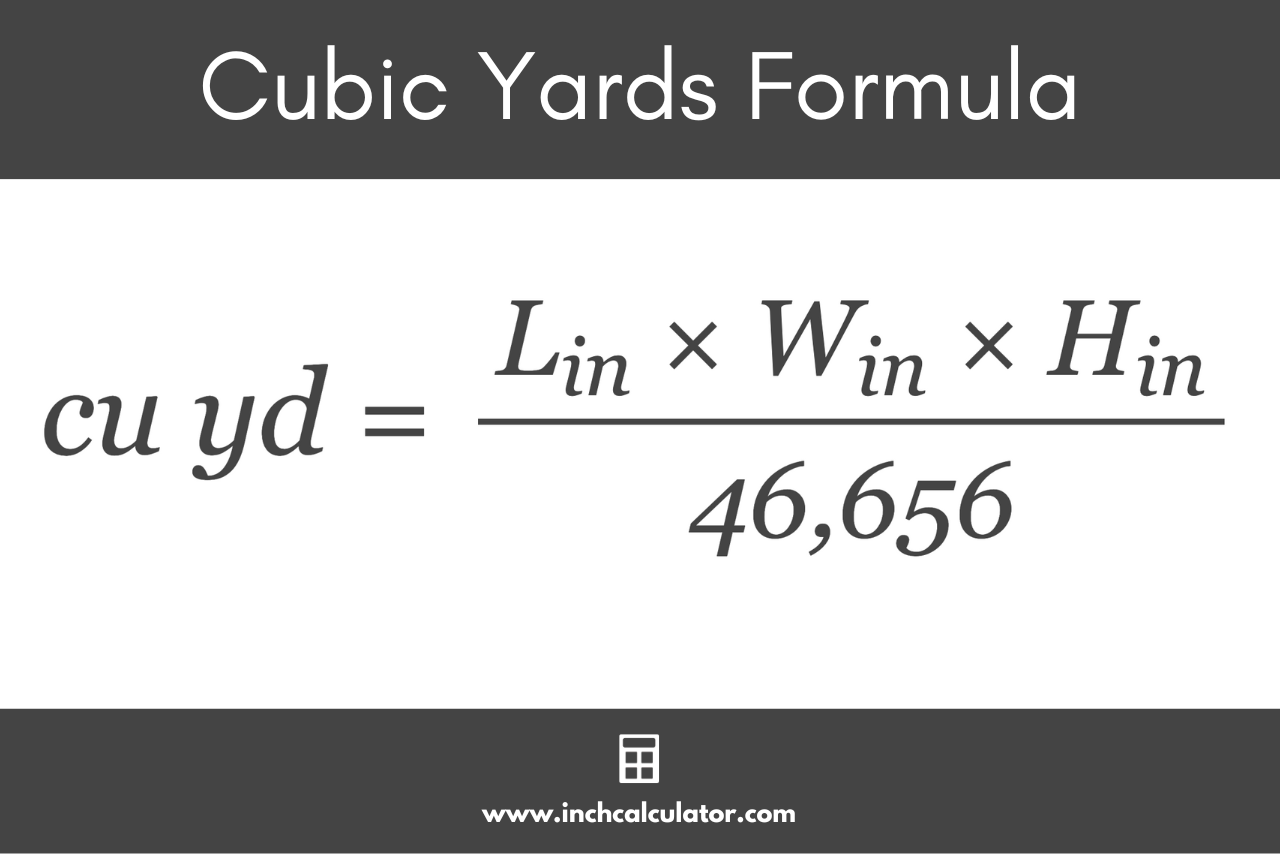Mulch Calculator
Mulch Needed:
Cubic yards
Cubic feet
Number of Mulch Bags2 cu. ft. bags
3 cu. ft. bags
How to Calculate How Much Mulch You Need
Adding mulch is a great way to refresh a landscaping bed and prevent weed growth. Mulch adds
moisture to the soil and can help prevent soil erosion or compaction over time.
Because mulch is lightweight and organic, it may break down or migrate over time. When this
happens, you may need to refresh your mulch bed by adding more.

The easiest way to calculate mulch coverage is to use the calculator above since it takes all the math and guesswork out of the process, but you can follow the steps below to calculate how much you need without a calculator.
Steps to Calculate Mulch
If you want to do the calculations yourself, you can estimate material in a few easy steps.
Step One: Measure the Landscaping Space
The first step to calculating how much mulch you need is to measure the space you want to cover.
Use a tape measure to measure the length and width of the space.
Ensure all measurements are in the same unit of measure. Because the depth of the mulch will be
in inches, it will be easiest if the length and width are also in inches; the measurements can
be easily converted to feet and cubic yards later.
Step Two: Determine the Depth of the Mulch
Next, determine the depth of the mulch bed. The depth of the mulch can vary depending on the type
that you use.
Fine mulch is only recommended to a depth of 1″ to 2″, while coarse mulch should be roughly 3″
to 4″ deep if you are layering the mulch around plants.
However, if you are using mulch to help prevent weed growth, you may go much deeper,
particularly if you are worried about erosion or if you are mulching an area that will be walked
on frequently and want a deeper base to prevent migration.
Step Three: Calculate the Volume of Mulch Needed
Once you have measured the space, it’s time to calculate the volume.
Multiply the length times the width to find the area of the space. If the landscape bed is
complex, then split it up into manageable sections and measure each separately or use an area
calculator.
Then, multiply the area by the depth. Remember to keep all measurements in the same unit of
measure, so if the width and length are in inches, then multiply the area by the depth in
inches.
Volume Formula
For a rectangular area, you can use the following formula to calculate the volume.
Step Four: Convert the Volume to Cubic Feet or Yards
The final step to calculating how much mulch you need is to convert the volume measurement to the
unit of measure that the mulch is sold by if it isn’t already in the same unit of measure.
Mulch is usually sold in bulk by the cubic yard at most landscape suppliers, with smaller
amounts also being sold by the bag.
When calculating volume, if all the measurements used are in feet, then the volume is in cubic
feet. If the measurements were in inches, then the volume is in cubic inches.
Cubic Feet Formula
There are 1,728 cubic inches in a cubic foot, so if you measured in inches, divide the cubic inches measurement by 1,728 to get cubic feet.

Cubic Yards Formula
There are 46,656 cubic inches in a cubic yard, so divide the cubic inches measurement by 46,656 to get cubic yards.
